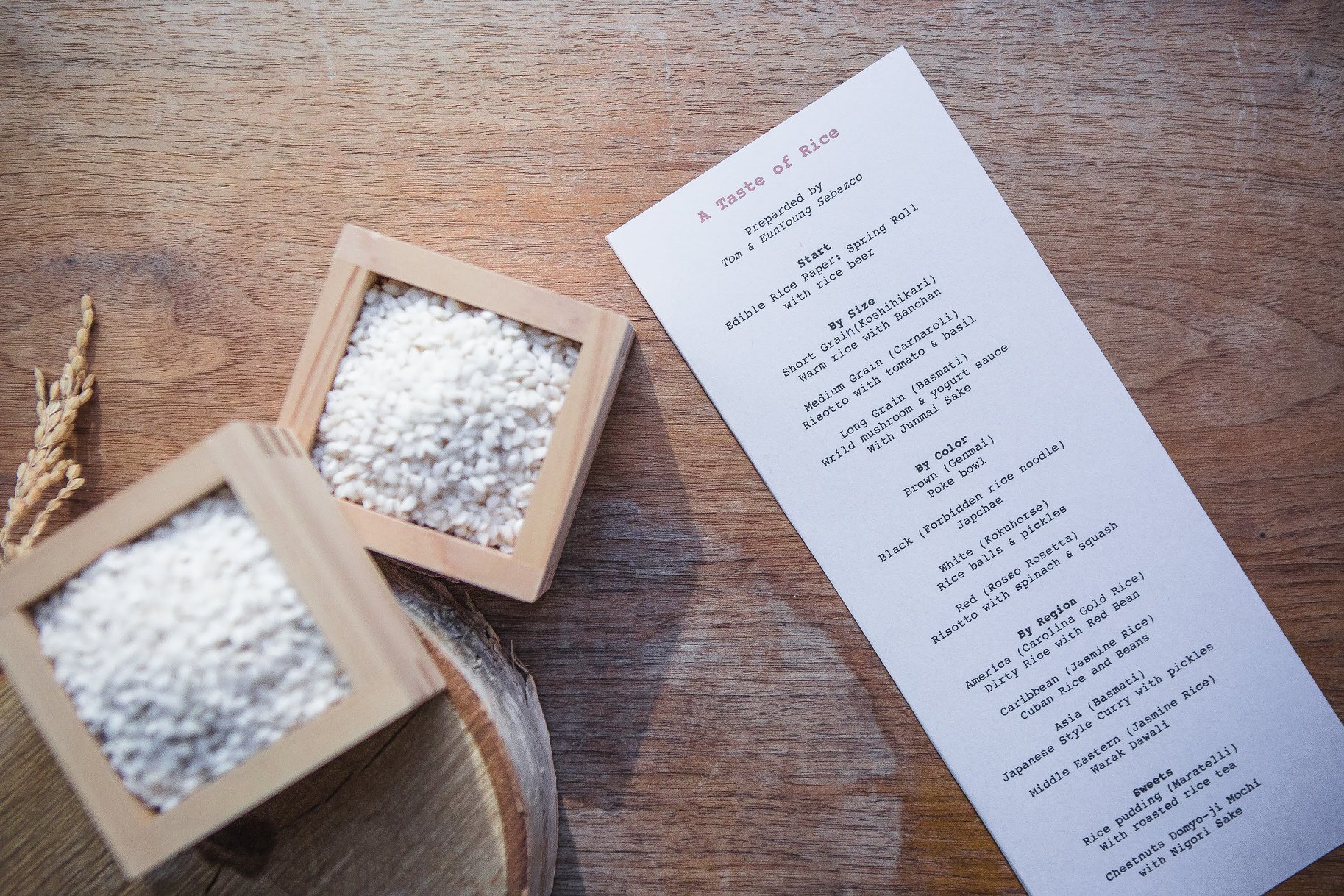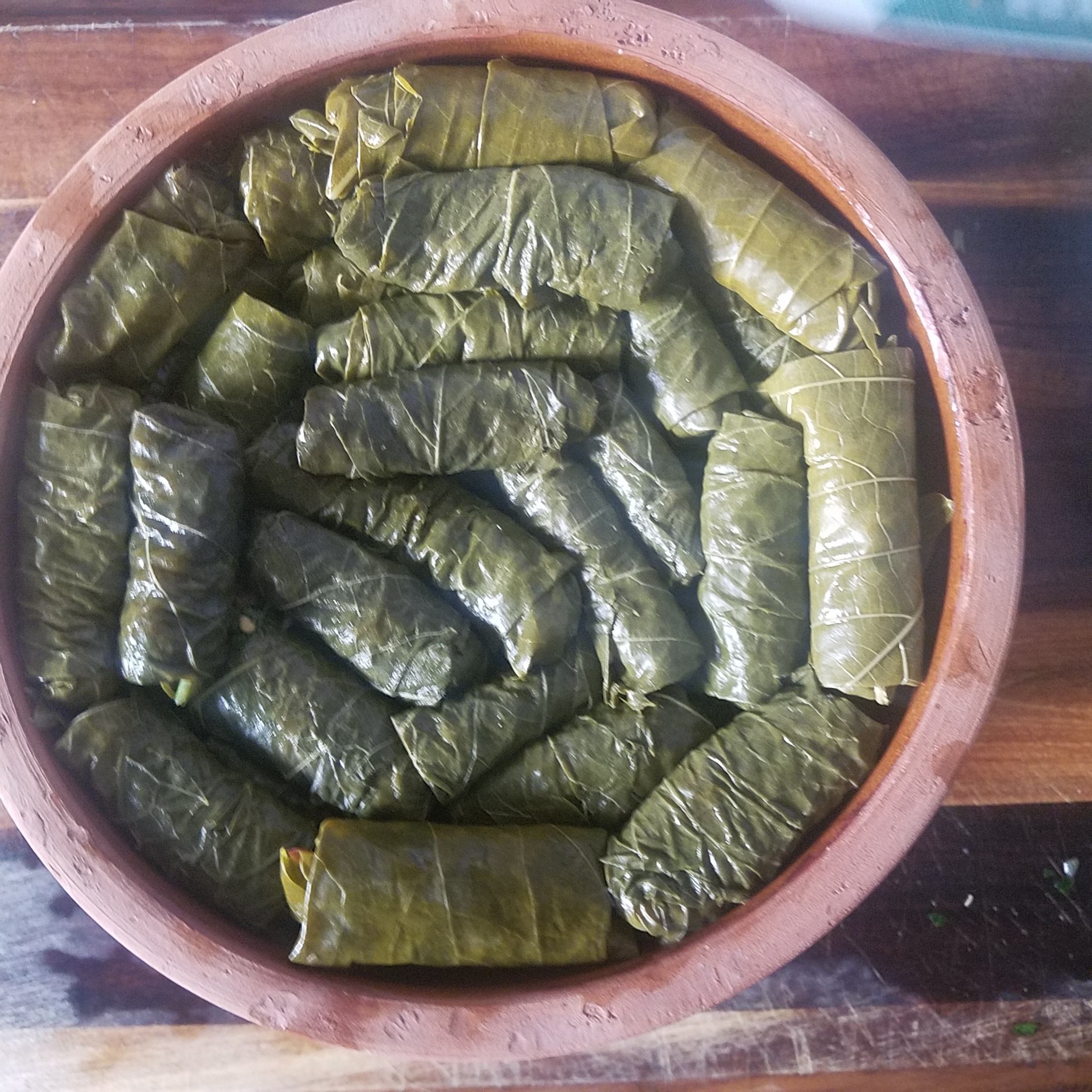Chef Sonoko Sakai
/Interview
Bio
Born in New York, and raised in many places, including Tokyo, Kamakura, Los Angeles, San Francisco and Mexico City. She is a food writer, author, Japanese cooking teacher, and producer based in Los Angeles. She is a founder of Common Grains, which aims to develop a deeper understanding and appreciation for food and culture. Within this mission, she advocates a sustainable and healthy lifestyle with grains and vegetables at the heart of Japanese meal.
She is well known for as Soba (Buckwheat) noodle master. Also, her new book ‘Onigiri (rice ball)’ will be published in 2016. She hopes to see Onigri will be alternate the healthiest fast food in the future. She is also working on a project to revive heirloom grains in the Southern California region. With a seed grant from Anson Mills, she has been working with farmers in the Santa Barbara and Kern Counties, bakers and chefs to grow heirloom grains and create a sustainable community grain hub in the region.
1. You left with over 20 years in the film industry, what motivated you to become part of the culinary community?
I always had one foot in the culinary community, doing freelance food writing for the Los Angeles Times and a few other outlets. I always wanted to be closer to the kitchen so in my late forties, I began thinking about myself being more involved in the culinary world and I started putting my eggs in that basket.
2. You have involved several of grain communities (organizations). What is your connection to rice and how important is rice in your cooking?
Rice is fundamental to my culture. Japanese culture evolved and still revolves around rice. Most of our meals centers around rice. Everything else is a side dish.
3. I know you are very well known as a Soba buckwheat noodle chef, but what made you cook and write about the rice ball (Onigiri)? I know that your book Onigiri will be published soon, so feel free to elaborate.
Soba and Rice are two separate foods. Most Asian people love their rice and their noodles. I love them both for different reasons. Onigiri is Japan's favorite finger food. It's a savory alternative to sugary snacks. I want to turn Onigiri into everyone's favorite finger food.
4. What do you find are the best complementary ingredients in making rice ball (Onigiri)?
I love pickled plum, salmon, bonito flakes... but also a piece of leftover grilled chicken works. Rice complements every kind of food. Even nuts and raisins can make a great filling. I grilled in the broiler and brush it with some butter. It's my morning toast.
5. Do you envision rice ball (Onigiri) as an alternate fast food like hamburgers?
Yes, definitely. Millions are sold in Japan everyday as a snack, breakfast, lunch and dinner. It's a very versatile, fast food that is filling, nourishing, low in fat and delicious.
6. What kind of rice ball (Onigiri) is your favorite?
Grilled salmon
7. Who is your targeted audience for your new book and what is there a particular message you are wishing to convey?
Onigiri is the healthiest fast food.
photo by stephanie kordan












